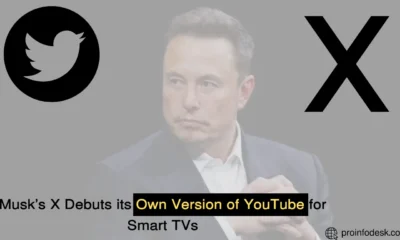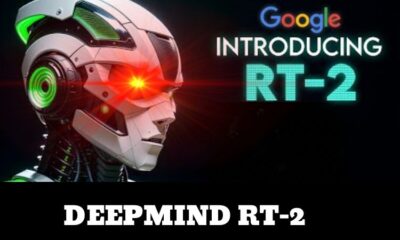Tech
Elon Musk announces new AI company “xAI” | What are it’s objectives
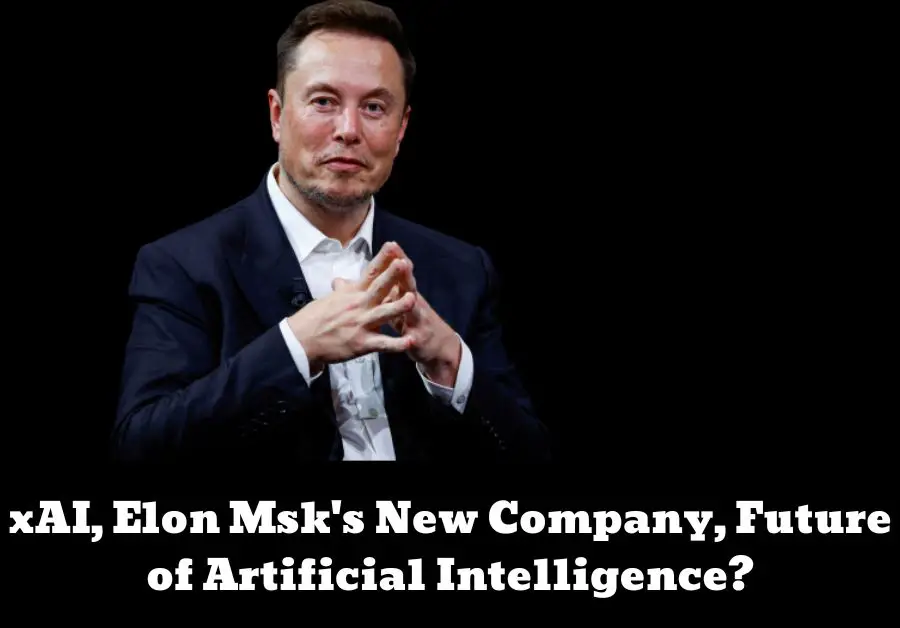
Summary:
- Elon Musk has announced a new company called xAI, focused on artificial intelligence.
- The company includes engineers from Google and OpenAI.
- Elon Musk previously expressed concerns about the progress of AI and the need for regulations.
- xAI aims to “understand reality” and will collaborate with Tesla, Twitter, and other companies.
- A Twitter space chat on July 14 is expected to provide more details about xAI’s goals.
- Elon Musk’s relationship with OpenAI soured, with him criticizing ChatGPT and advocating for “TruthGPT.”
- Elon Musk purchased Twitter and implemented significant changes, leading to some notable individuals leaving the platform in protest.
Elon Musk, the founder of electric car maker Tesla, has announced a new company “xAI” based on artificial intelligence.
According to the report of the American broadcaster CNN, the name of Elon Musk’s new company is ‘xAI‘, engineers from Google and OpenAI have also worked in the company.
Earlier, Elon Musk believed that the progress in artificial intelligence should be stopped and some rules and regulations are needed. But now Elon Musk says his new startup is built to ‘understand reality’.
It’s unclear how much funding the company has, what its specific goals are or what kind of artificial intelligence the company wants to focus on.
What is xAI and what are its goals?
According to the company’s website, xAI aims to ‘understand the real world’.
The new company will host a Twitter space chat on July 14, which may reveal more details about its goals.
According to the website, Elon Musk’s new company will work with Tesla and Twitter and other companies to advance their mission.
Elon Musk was one of the proponents of OpenAI, later he created the popular large language model ChatGPT, which has been controversial on many occasions, young students are most happy with ChatGPT because now they That it will become easier for them to do school, college or university work.
However, when Elon Musk criticized ChatGPT, his relationship with the company soured.
In February 2023, Elon Musk tweeted that ‘We need TruthGPT’. He also disagrees with how ChatGPT is being run.
In an interview with the BBC in April, Elon Musk said he had been concerned about AI safety for more than a decade.
He had said that ‘I think there should be a regulatory body to oversee AI to ensure that it does not pose any threat to the public’.
Elon Musk has also stood up to AI companies over the data they use to train chatbots.
Billionaire Elon Musk believes that massive amounts of Twitter data have been siphoned off the platform.
After Elon Musk bought the microblogging platform Twitter for billions of dollars, he began to make major changes to Twitter, which led to many people leaving the platform in protest, including famous model Gigi Hadid and comedian Stephen.
Tech
WhatsApp’s New Audio Call Bar Feature Simplifies Calling Experience
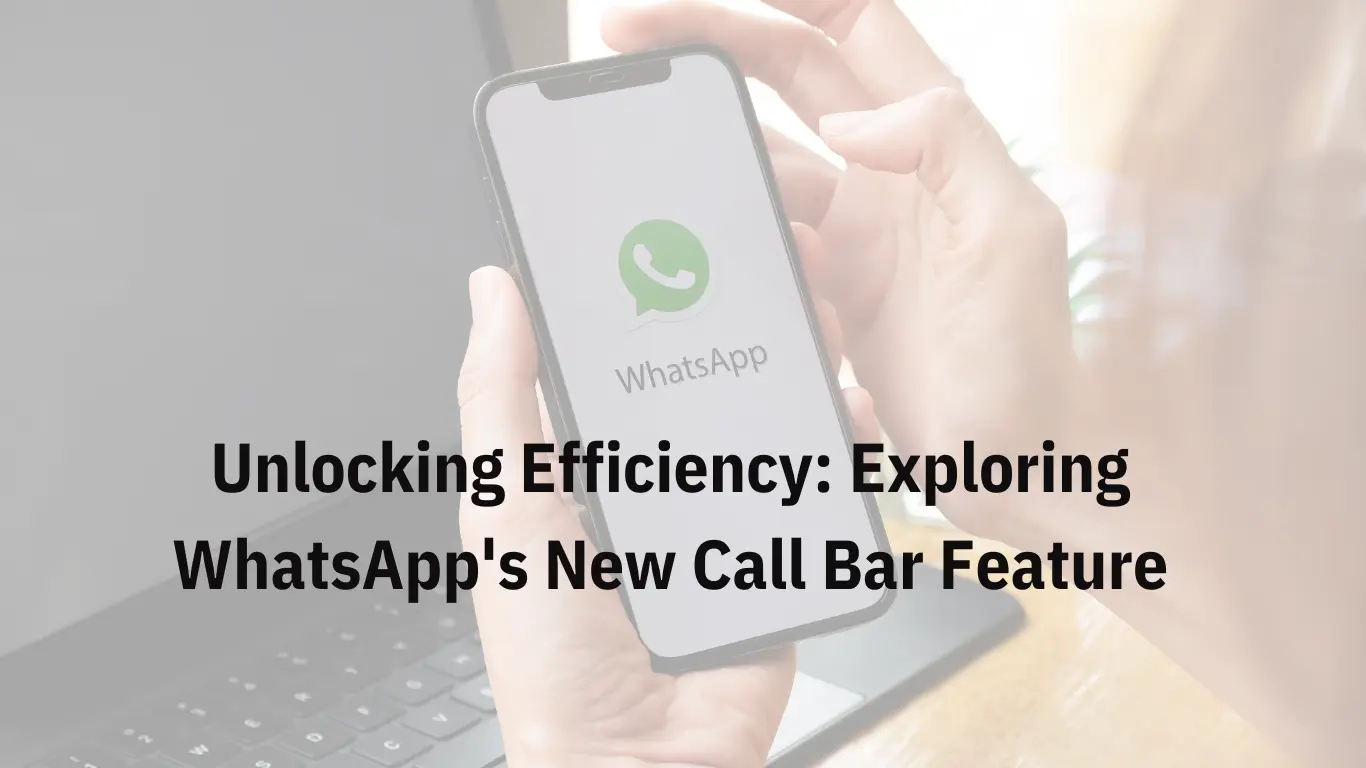
Digital platforms like WhatsApp work hard to improve user experience. Meta, WhatsApp’s parent company, has introduced a new feature to enhance calling. Let’s explore this addition and how it helps users.
New Whatsapp Feature:
WhatsApp’s latest feature is the Audio Call Bar feature. It aims to make calls easier for users. It’s first available to select users and will come to iOS soon.
How It Works:
When users make a call, they’ll see a new call bar. This design lets users do other things while on a call. Users can mute or end calls from the interface. When you start a call, you’ll see a new call bar at the top of the app. It stays there even if you switch to another app, making it easier to do other things while you’re on a call. You can also mute or end the call right from this bar, which saves you time and makes things simpler.
Meta’s Improvement:
Meta is committed to making WhatsApp better. They want to make it a top communication platform. It shows their aim to connect people through easy communication.
Seamless Communication:
WhatsApp’s aim is to make communicating easy. The new call bar is part of this. It keeps up their promise to help users communicate easily.
Other WhatsApp Latest Features:
Along with the call bar, there are other new whatsapp features. Apple users have passkeys for secure logins. WhatsApp’s AI assistant also does more now, like generating info and images. All these updates make using WhatsApp better.
Tech
A New Era in Space Exploration: Pakistan’s First Lunar Mission Takes Flight
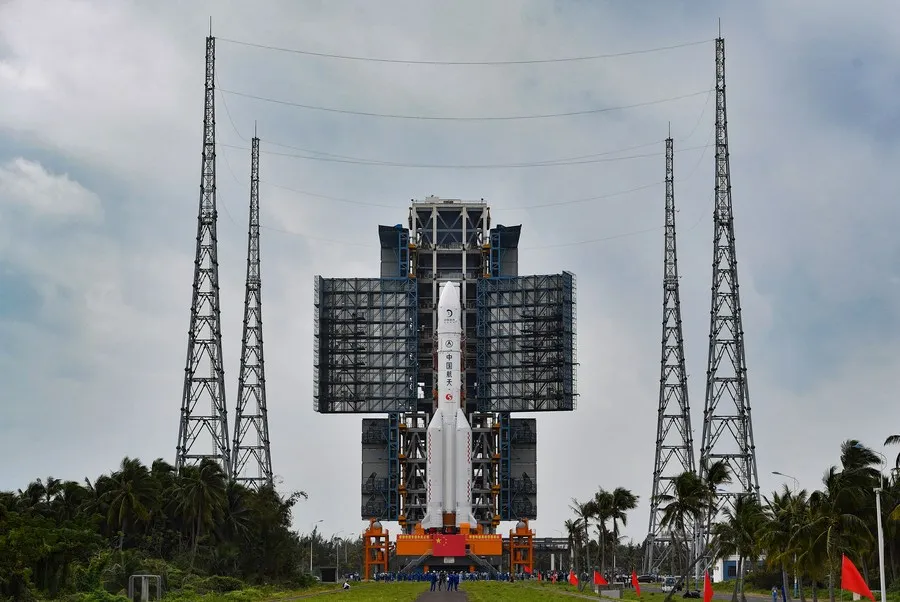
In a historic move that marks Pakistan’s debut in lunar exploration, the country’s first satellite mission named ICube Qamar was successfully launched aboard China’s Chang’e 6 mission from Hainan, China. This monumental event not only underscores the burgeoning space alliance between Pakistan and China but also signifies a pivotal moment in global lunar research efforts.
The Chang’e 6 mission, renowned for its ambitious goal to retrieve samples from the far side of the moon, took to the skies on a Long March-5 rocket from the Wenchang Space Launch Site. This mission is poised to carve a new chapter in lunar exploration by focusing on areas of the moon that have remained largely unexplored by previous missions.
Exploring the Moon’s Mysterious Far Side
China’s venture to explore the enigmatic far side of the moon showcases the nation’s advancing capabilities in space technology. The Chang’e 6 mission is designed to spend two days on the lunar surface, with plans to gather around 2 kilograms (4.4 lb) of lunar samples. These samples are anticipated to shed light on the moon’s composition and uncover secrets about its enigmatic past.
What sets this mission apart is its emphasis on collaboration. The integration of Pakistan’s ICube Qamar satellite into the mission exemplifies a global collaborative effort in the quest for lunar exploration. ICube Qamar, representing Pakistan’s inaugural venture into moon exploration, is poised to play an instrumental role in gathering data from the lunar surface, enhancing our collective understanding of the moon.
A Milestone of Collaboration
The mission’s successful launch has been greeted with widespread acclaim and enthusiasm, especially within Pakistan, where the Prime Minister has celebrated this achievement as a landmark moment for the country’s aspirations in space exploration. This event underscores the profound partnership between Pakistan and China in pushing the frontiers of space technology and exploration.
The Chang’e 6 mission, featuring payloads from various countries, serves as a testament to the spirit of international cooperation that fuels our exploration of the cosmos. Through shared resources, knowledge, and visions, nations are unlocking extraordinary possibilities in space exploration, paving the way to unravel the mysteries of our universe collectively.
Looking Ahead
The success of the Chang’e 6 mission, with Pakistan’s ICube Qamar onboard, heralds a new era of international cooperation in space exploration. It demonstrates the immense potential of collaborative missions in advancing human knowledge and pushing the boundaries of what is possible.
As we await the return of the Chang’e 6 probe with samples from the moon’s far side, we stand on the brink of new discoveries that could redefine our understanding of the moon and beyond. This mission is not just a triumph for Pakistan and China but a victory for the international community’s collective endeavor to explore the unknown frontiers of space
Tech
Musk’s X Debuts its Own Version of YouTube for Smart TVs
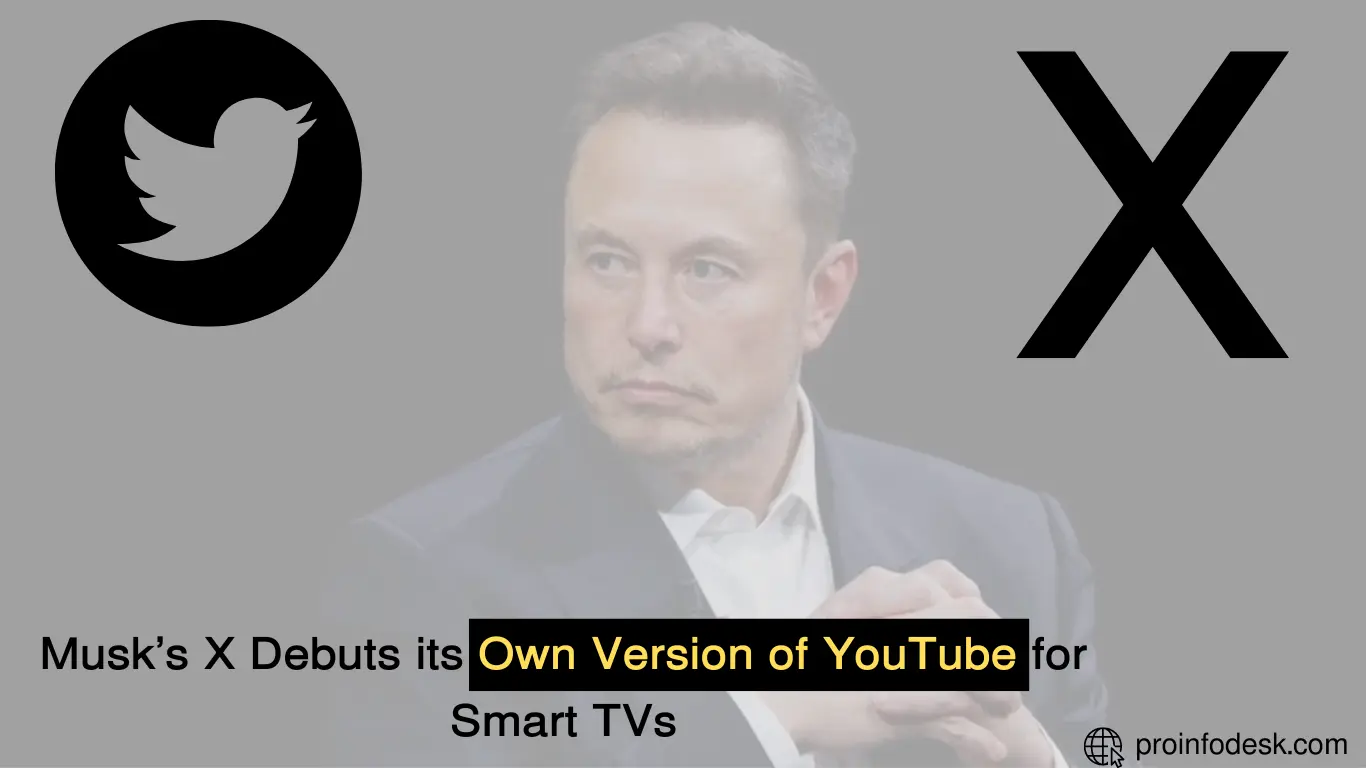
Overview:
Musk’s brainchild, X, is ready to roll out its own television application compatible with Amazon and Samsung smart TVs. With eyes set on rivalling YouTube, the new app, set for launch next week, promises to intrigue users with longer videos on sizeable screens. Musk envisages luring digital influencers and advertisers to X, by providing a platform mirroring YouTube’s TV app. As it grows its footprint in the streaming video sector, X is also primed to battle with platforms like Twitch, Signal, and Reddit. This attempt underlines X’s ambitious transition from a text-based messaging platform to a video-focused arena.
In-depth Insights:
- Musk’s venture, X, is about to usher in its own TV app for Amazon and Samsung smart TVs, to pose a challenge to YouTube.
- The upcoming app, scheduled for release next week, is aimed at captivating users with prolonged videos on expanded screens.
- By imitating the model of YouTube’s TV app, X is geared to captivate the attention of digital influencers and advertisers.
- With a goal to vie with platforms such as Twitch, Signal, and Reddit, Musk envisions a new realm for X.
- Marking its transition to video-based content, X had earlier declared its move to imitate TikTok’s infinite scroll feature.
- Formerly known as Twitter, X has a history of launching multiple TV apps.
- As X aims to dominate the video streaming world, it focuses on celebrities, digital influencers, and video game streaming.
- X has successfully initiated contracts with media personalities Don Lemon and Tucker Carlson for exclusive shows.
- X has been motivating content creators to shift their video content to its platform, guaranteeing increased ad revenue.
- Mr. Beast, a renowned YouTuber, contributed to X’s testing phase by uploading a full-length video and revealing his earnings.
- With a reported decline in user engagement by 30% and loss of significant advertisers, X is grappling to retain its user base and advertising partners.
- Musk’s ownership of X has witnessed a substantial devaluation in its overall assessment.
Source: Fortune.com
-

 How-To Guides1 month ago
How-To Guides1 month agoHow to Get Your Family Registration Certificate NADRA in 2024
-
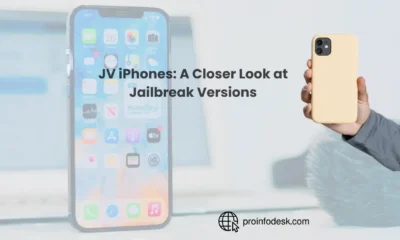
 iPhone6 months ago
iPhone6 months agoExploring JV iPhones: Prices, Risks, and Rewards in Pakistan
-
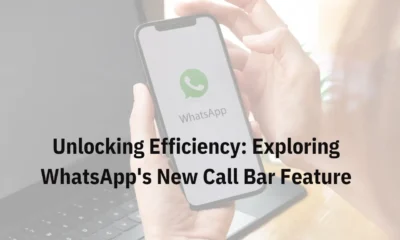
 Tech6 months ago
Tech6 months agoWhatsApp’s New Audio Call Bar Feature Simplifies Calling Experience
-

 Phones6 months ago
Phones6 months agoEverything You Need to Know About Jazz Digit 4G Mobile Phones in Pakistan
-
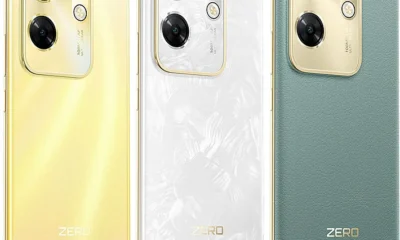
 Phones6 months ago
Phones6 months agoInfinix Zero 30 (4G vs. 5G): Specifications, Features, and Prices in Pakistan
-
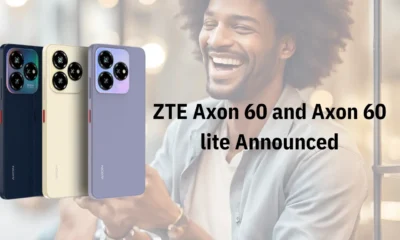
 Phones6 months ago
Phones6 months agoZTE Axon 60 Series: Affordable 4G Phones with Unisoc Chipsets
-

 Mobile Packages6 months ago
Mobile Packages6 months agoHow to Check Your Telenor, Zong, Ufone, Jazz SIM Number
-
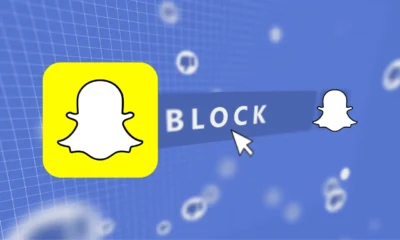
 Tech6 months ago
Tech6 months agoGuide to Blocking and Unblocking Users on Snapchat



